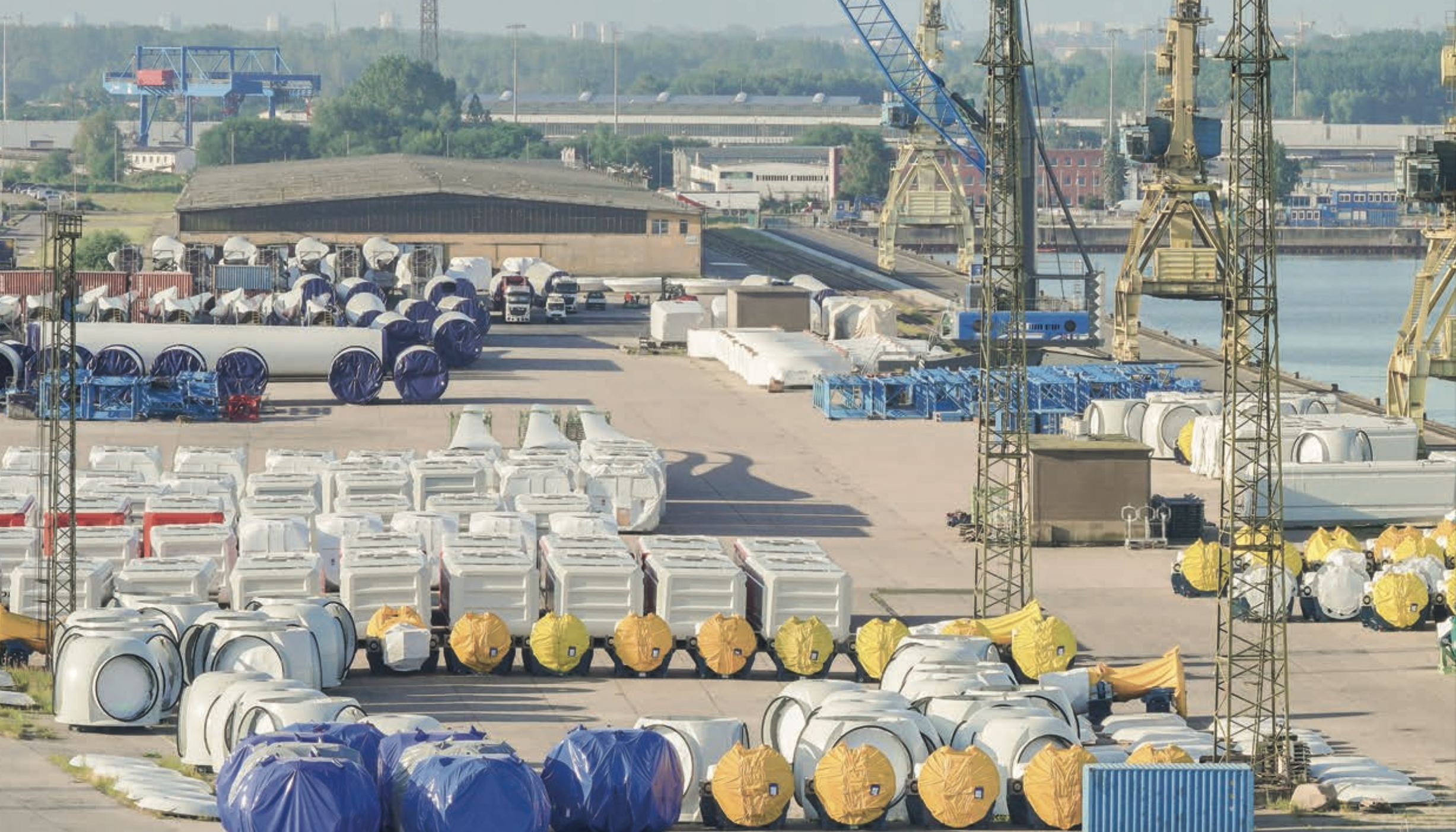In July 2021 the UK government published updated requirements for the supply chain plan element of Contracts for Difference (CfD) auction round 4 (AR4). So, as we move forward and prepare for the next round, we must use experience from previous CfD auctions and share insights into key challenges for developers to consider, particularly in relation to the supply chain and the creation of new jobs in the offshore wind sector.
The UK government plans to grow UK offshore wind generation to 40 GW by 2030, which means that offshore wind would have the potential to power every home in the UK. Offshore wind is currently one of the fastest growing markets across the globe and having a robust and reliable supply chain is of great importance to enable the expansion of this sector.
With a rapidly growing number of large-scale projects looking to source turbines from a small number of manufacturers, there is growing pressure on the industry to ensure the supply chain has the capacity to support the demand and future growth of the sector.
For example, key players such as Siemens Gamesa Renewable Energy, GE and Vestas dominate the offshore wind turbine market, and each one has introduced offshore turbines rated as high as 15 MW to their product line between 2020 and 2021.
The UK, being an island nation with a strong wind resource, is ideally situated as a leader in offshore wind energy. As such, the UK has one of the highest operational capacity of offshore wind farms (more than 10 GW) in the world, along with China (which has the highest) and Germany. This has attracted major offshore wind developers to the UK and, in turn, this has helped to drive forward the growth of the UK supply chain.
Manufacturing facilities exist all across the UK providing a range of offshore products such as array and export cables, wind turbine components, and installation and service vessels. The following two case studies help illustrate the continued and future growth of the UK offshore supply chain.
Case study: Alexandra Dock, Hull
One of the most significant investments in the UK supply chain was seen in Hull’s Alexandra Dock with the completion of an offshore wind turbine blade production and installation facility in 2017. The £310million Siemens Gamesa Renewable Energy facility currently employs more than 1,000 people. Following an investment of £186m, the blade manufacturing facility is to be doubled in size to allow for the manufacture of larger blades, and the upgrade is planned to be completed in 2023. The facility initially produced blades that were 75m in length. With the latest product offerings having blades larger than 100m, an upgrade to the plant will bring significant benefits to the UK economy, including the creation of at least 200 new jobs.
Hornsea Two, the world’s largest offshore wind farm, will comprise 165 Siemens Gamesa 8.0-167 DD turbines in which the majority of the blades will be manufactured at Siemens’ facility in Hull. Hornsea Two, which is being developed by Ørsted, is on track to be completed next year and will provide enough clean electricity to power more than 5.5 million homes. According to Ørsted, it has invested more than £10billlion during the past ten years constructing its UK offshore wind farms. This has significantly boosted local economies through the creation of highly-skilled jobs, local facilities, and competitive, export-orientated local supply chains.



























